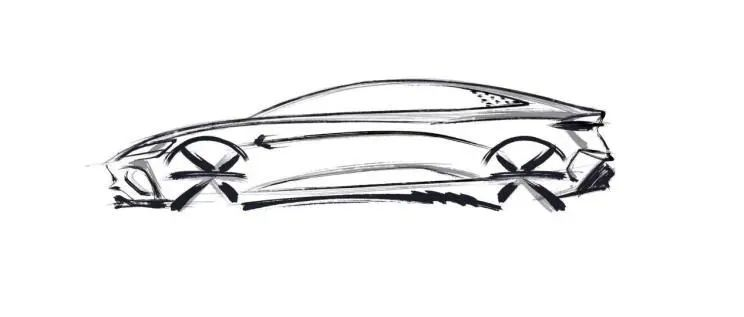Author: Xie Ruxin
In the past two years, with the launch of more and more sophisticated new energy vehicle models, many people’s attitudes towards it have also changed from disbelief to willingness to try, and then to a willingness to use them. In terms of sales, the retail sales of new energy passenger vehicles reached 2.989 million units in 2021, an increase of 169.1% year-on-year. Predictions indicate that the sales of new energy vehicles in China are expected to reach 5 million units in 2022, of which sales of pure electric vehicles may reach 4 million units, and plug-in hybrid models are expected to sell 1 million units.
Major foreign car companies, such as BBA, will actively promote the production and sales of their new energy vehicle models in 2022. Facing increasingly fierce competition, domestic new energy vehicle companies are also systematically laying out the production or launch of new vehicle models.
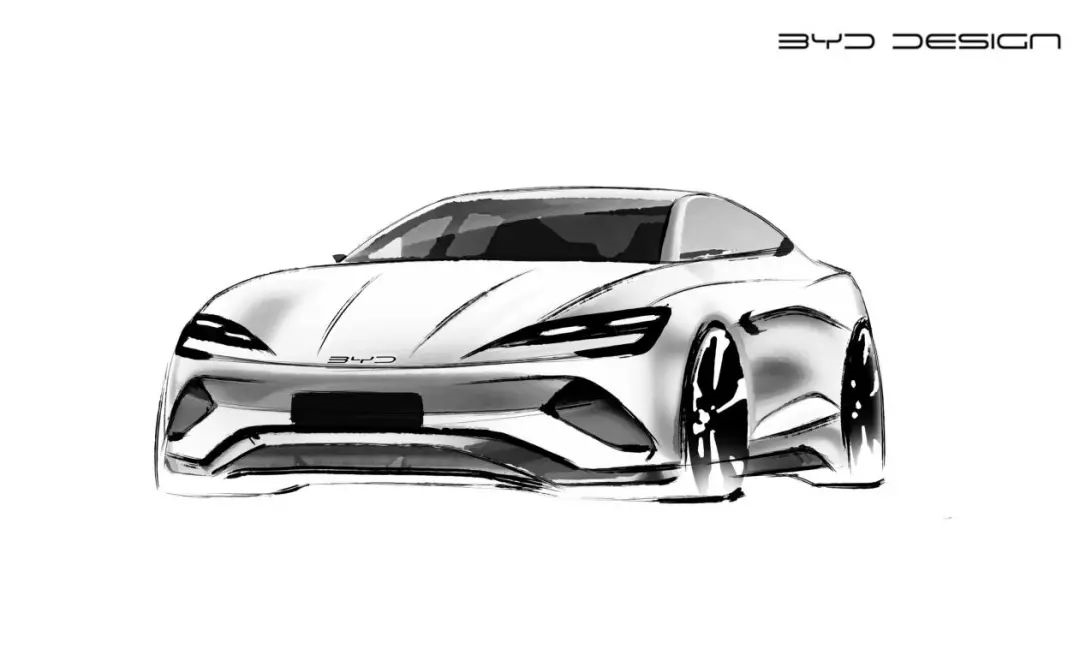
One of the strong competitors is BYD, which also produces the main model of the new Ocean series. Its official name has not yet been announced, so let’s call it the seal — as rumored in the industry.
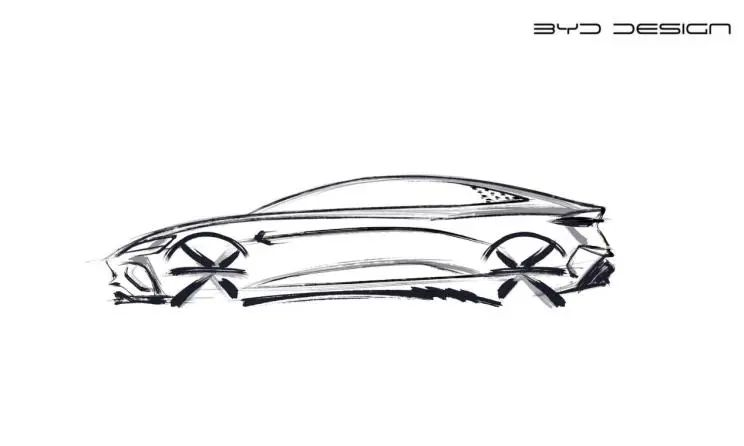
The seal is built on the BYD e-platform 3.0 and is positioned to compete with the Tesla Model 3, with an expected sales price that will partially overlap with that of the Model 3. Since it claims to compete with the Model 3, its design will inevitably require more work to strive for a more upscale feel than Tesla’s sci-fi minimalism.
Combined with the design sketches and spy photos previously exposed, the appearance of the seal is different from that of the Dynasty series’ Dragon Face. Instead, it introduces a new design language for the Ocean series, giving it a more youthful and dynamic temperament. Its headlights are designed to be slender and even a bit sinister, and combined with the concave shape in the middle of the hood, it creates a plunging sensation for the front of the car.

Looking at it from the side of the car, the design of the short front overhang creates a compact and sporty temperament, which is significantly different from the dignified feel of the Han model. At the same time, the waistline extends from the front fender all the way to the tail, and the upward design of the C-pillar adds a bit of muscularity. According to the previously exposed vehicle model data information, the seal’s length, width and height may be 4770/1860/1460 mm, the wheelbase is 2900 mm, slightly larger than the Model 3.
 The rear of the car features sharp and stylish taillights similar to a through-type design, and a diffuser-like shape below, which adds to the sporty feel. Of course, the Build Your Dream logo is also present.
The rear of the car features sharp and stylish taillights similar to a through-type design, and a diffuser-like shape below, which adds to the sporty feel. Of course, the Build Your Dream logo is also present.
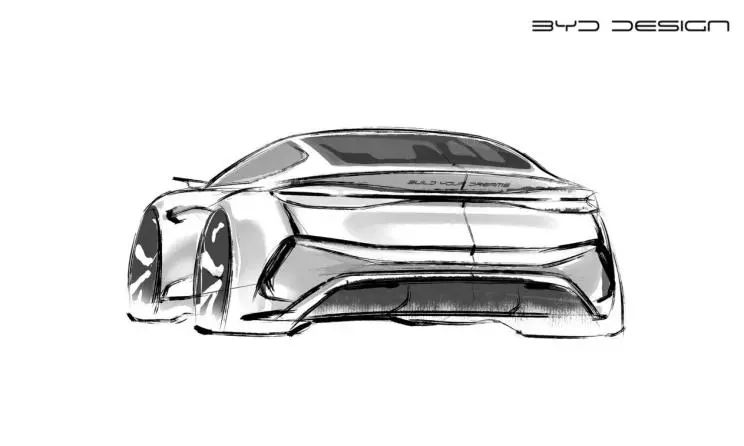
Inside the car, there may be a floating central control screen and a floating LCD instrument panel. Although BYD has adopted a floating central control screen (which can also rotate) earlier, it looks too much like a Tesla.

At the same time, the Hongqi Sealion may also feature integrated sports seats and a large panoramic sunroof above them. These elements are similar to Model 3, and personally, I hope BYD can make their own unique features.
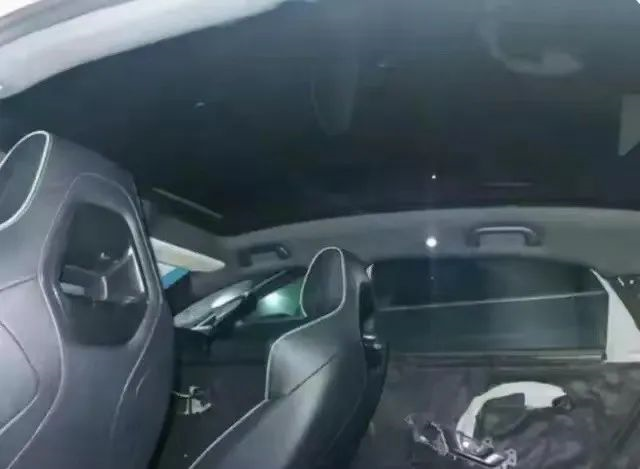
Next, let’s talk about the core competitiveness of the Hongqi Sealion, which is also its confidence in benchmarking the Model 3. The Sealion is expected to launch a rear-wheel-drive single electric motor version and a four-wheel-drive dual electric motor version. The former has a power of 150 kW and 180 kW, and the latter has a comprehensive power of up to 360 kW. It is equipped with blade batteries and has a range of about 700 km, which is not inferior to Tesla in terms of data.
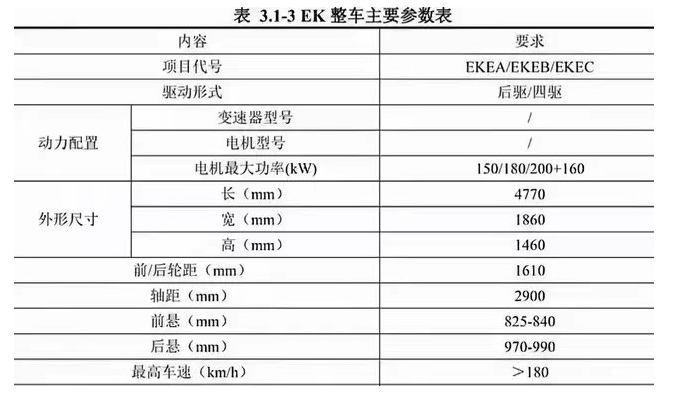
At the same time, the Sealion’s suspension is a front double-wishbone and rear five-link, and the front lower arm is made of aluminum alloy. Some versions may also have front 6 and rear 4 brake calipers, setting a new standard for BYD in terms of the specifications of the chassis.
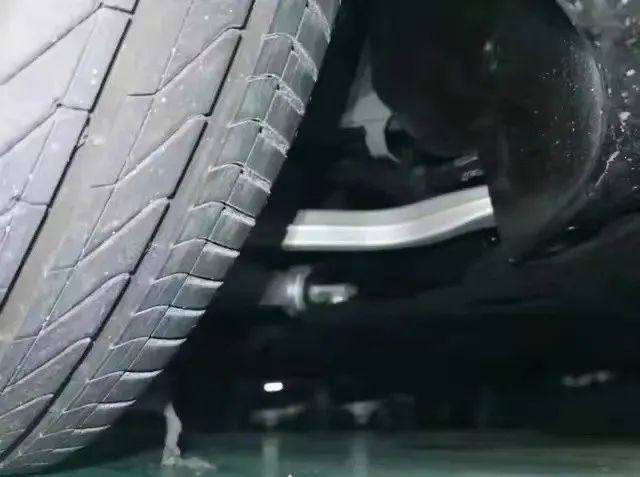
It can be seen that in order to compete with major players, domestic car companies must constantly break through their limits. In addition to BYD, Li Auto will also launch a higher-end product this year, the Li X01, which may reach a price of 500,000 yuan. As a more advanced model than the Li ONE, its size has also increased significantly, with dimensions of 5200/1998/1800 mm and a wheelbase of 3100 mm, positioning it as a large SUV that rivals the Mercedes flagship SUV GLS. As expected, Li Auto’s products are all large-space family cars that Chinese people love.
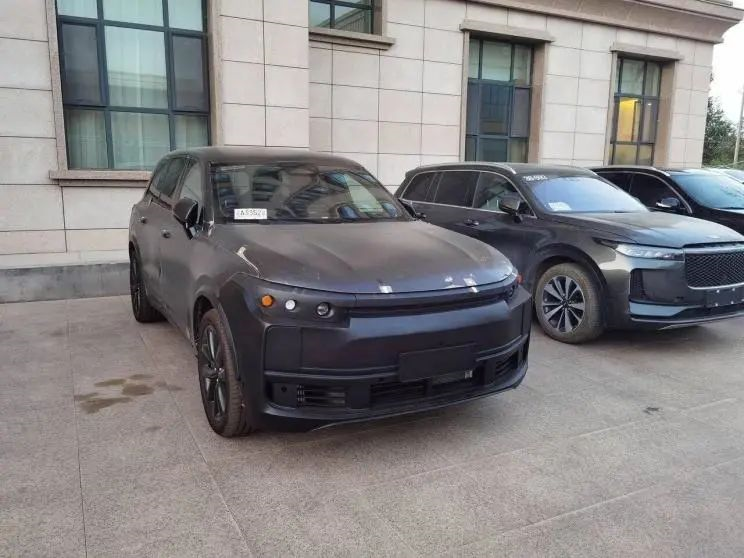 Although the Ideal X01 is still in the road testing phase, it seems that its appearance is similar to the enlarged Ideal ONE with few bright spots. However, the interior may adopt a brand-new design language. For example, the new car will use a suspended central control multimedia display screen, and the multi-functional steering wheel will adopt a four-spoke design. The layout of the lower area of the center console will also be different, and the air conditioning control panel may be integrated into a smaller screen. In addition, the air outlet of the air conditioner may be moved below the air conditioning control panel. It will also be equipped with a large head-up display (HUD), and even the rear row will also be equipped with a display screen.
Although the Ideal X01 is still in the road testing phase, it seems that its appearance is similar to the enlarged Ideal ONE with few bright spots. However, the interior may adopt a brand-new design language. For example, the new car will use a suspended central control multimedia display screen, and the multi-functional steering wheel will adopt a four-spoke design. The layout of the lower area of the center console will also be different, and the air conditioning control panel may be integrated into a smaller screen. In addition, the air outlet of the air conditioner may be moved below the air conditioning control panel. It will also be equipped with a large head-up display (HUD), and even the rear row will also be equipped with a display screen.
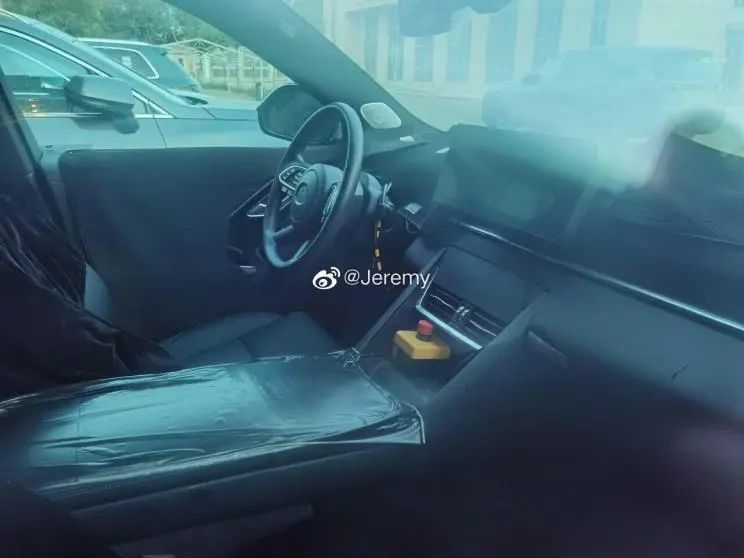
In terms of configuration, the Ideal X01 will have intelligent driving services, including super smart parking, city intelligent driving, car remote calling, intelligent driving, and OTA upgrade. Regarding intelligent driving, the car will have L4 level conditional automatic driving hardware, including AP controller horizontal J3+J5 chip and SP controller customized Orin-X chip, installing one 128-line lidar, one DMS, five millimeter-wave radars, 12 ultrasonic radars and 12 8M cameras. It is worth mentioning that the Ideal X01 will also be equipped with German Webasto air suspension.

In terms of power, the Ideal X01 still uses the range-extender scheme, and may be equipped with a 1.5T four-cylinder range extender, and the driving motor comes from Great Wall’s Power Battery. It is reported that this powertrain is stronger than the Ideal ONE, making the acceleration of the Ideal X01 faster. The battery pack capacity is 44.5 kWh, and the pure electric range under WLTC test is 155 km. The fuel tank is 65L, and the expected total range is expected to exceed 800 km. It seems that the range-extender powertrain is still a popular form among consumers in the present and the next few years, and Ideal will use it to further expand its market share.
In addition to the models mentioned in this article, many new energy vehicle models worth looking forward to will be delivered to users in 2022, many of which have already been unveiled in the previous year, such as the NIO ET5, XPENG G9, etc. It can be seen that before traditional car companies launch a large-scale attack on the new energy market, our independent brands have already won the first stage of the victory. Currently, among foreign-funded car companies, only Tesla has an obvious advantage. After BYD and other manufacturers begin to target Tesla, the latter’s days may not be so good.
This article is a translation by ChatGPT of a Chinese report from 42HOW. If you have any questions about it, please email bd@42how.com.
